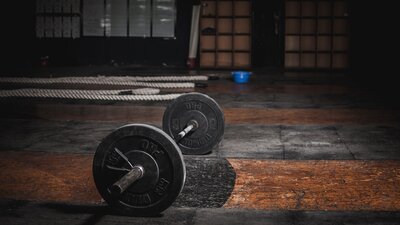Go hard or go home. No pain no gain. All of our favorite mottos encourage us to lift the heaviest weights we can possibly lift, day in and day out.
But is training to failure even necessary? Do we really have to be training at 100% intensity or Rate of Perceived Exertion (RPE) 10 every week?
The Science
In 2016, a systematic review and meta-analysis conducted by Davies et al showed that there is no significant difference between training to failure and non-failure training when it comes to improvements in muscular strength [1].
That means if you’re working at 100% (of your 1RM, 3RM, 6RM, 10RM or what have you) multiple times per week, it’s not more effective than non-failure training, especially when volume is held constant. In fact, non-failure training actually may actually be slightly more beneficial in certain situations, such as in trained athletes and in the case of compound lifts. Not only does submaximal training allow for increased volume, time under the barbell, more repetitions meaning confidence building and proficiency of compound lifts, but it also significantly decreases injury risk. The closer we get to our physiologic potential in terms of strength, the smaller the margin of error and the bigger the toll on our nervous system and our bodies. While it’s tempting to want to consistently add more and more weight to the bar, it’s important to remember that it’s not about how fast you get strong, but about how long you can stay injury free.
If the goal of a training program is to maximize muscular strength, we want to focus on force output with each set. But as we reach fatigue, the firing rates of our motor units actually decrease and in turn so does our ability to produce maximal force, which leads to failure.
So can we just live at RPE 2 forever and expect to make gains? Not necessarily. I don’t want to discourage you from push the intensity at the gym, because I believe it is absolutely necessary, and beneficial when programmed intelligently. Most of the studies included in this meta-analysis prescribed an intensity for the non-failure training groups that was 75% or greater, leaving no more than 5 repetitions in reserve with each set. That’s also consistent with previous studies that have suggested that maximal motor unit recruitment occurs within the 3-5 RIR range [1].
So for strength training, we are likely better off leaving a couple of reps in the tank. This way, we can generate an appropriate stimulus without incurring the costs that training to failure can carry.
Final Message
I know how much my powerlifting gang loves to max-out, but let’s work smarter, not harder, crew. I hope you guys enjoyed this article. Please share it with your friend who loves to test their max every weekend.

